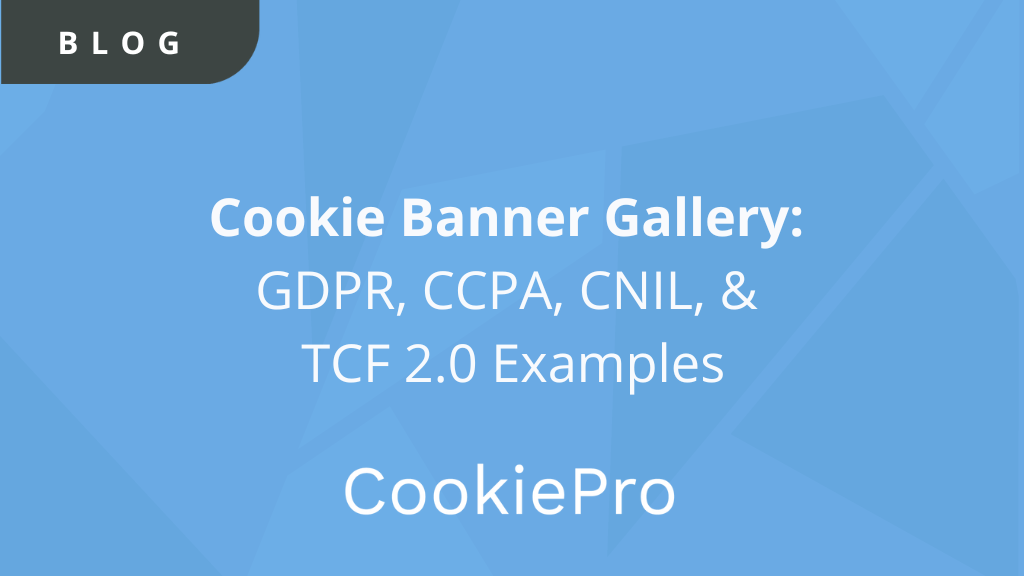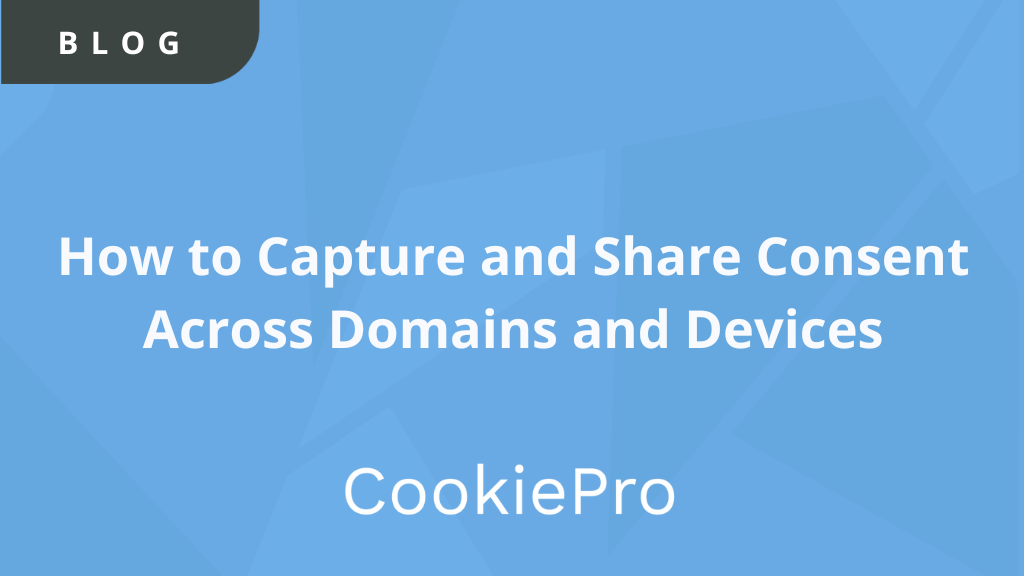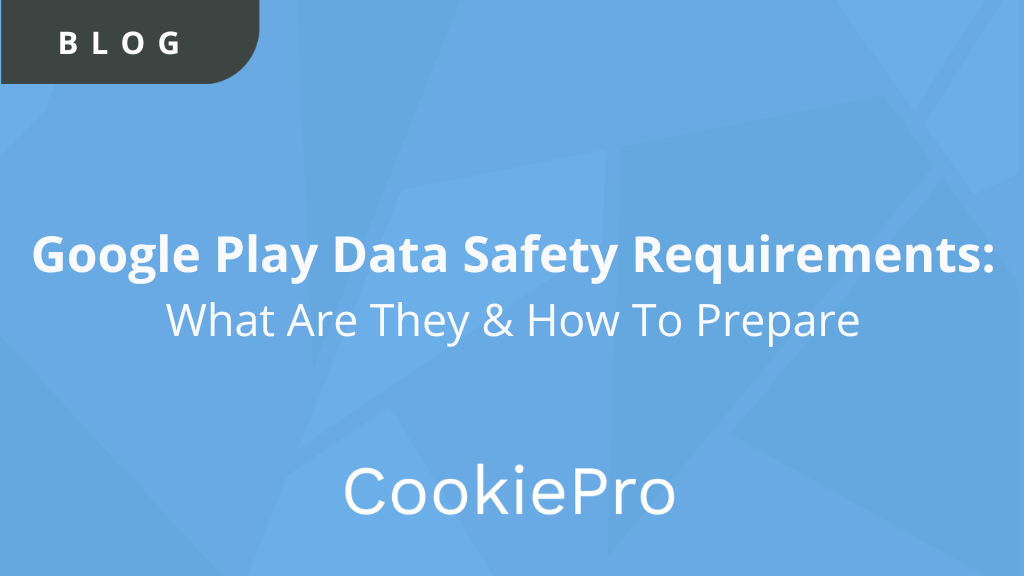App Tracking Transparency: Why You Still Need a Consent Management Platform
This year, Apple released iOS 14.5, marking major privacy upgrades within the operating system. The most notable of these upgrades is the...
This year, Apple released iOS 14.5, marking major privacy upgrades within the operating system. The most notable of these upgrades is the app tracking transparency prompt requirement.
App Tracking Transparency requires apps to request permission from users before tracking them across other apps and websites using an Identifier for Advertisers (IDFA). Considered the third-party cookie of mobile apps, IDFA is a familiar term for publishers, marketers, and app developers. This feature has been heavily relied upon to track users across applications. Up until now, it’s fueled the personalization of third-party ads, analytics, measurement, and attribution.
How Does App Tracking Transparency Work?
Facing increased attention and pressure from privacy organizations and consumers, Apple –– along with other large tech companies––crafted a solution that goes beyond device screens and website browsers.
App users can now choose to track and share their data with app owners and third parties, no matter what the end user’s local jurisdiction recommends.
If a user does not opt-in, they will not be presented with the option again. This makes it even more important for companies to use a robust consent management platform (CMP) with options to customize the user journey within applications.
By implementing a customizable CMP for their mobile apps, developers can provide users another opportunity to opt-in again.
What are Pre-Prompts?
Pre-prompts allow companies to present a customized prompt prior to the app tracking transparency prompt. Pre-prompts are a chance to inform the user how tracking will be used to enhance their experience prior to asking for permission. Since Apple only allows applications to ask for permission once, it is important to make the most with that chance.
By allowing organizations to customize the image, text, translations, and branding of this pre-prompt, the CookiePro SDK helps you maximize your opt-ins without much developer effort.
What are Contextual Consent Prompts?
To help maximize opt-ins, companies are turning to just-in-time consent prompts, also known as contextual consent prompts. The contextual consent notice breaks the longer privacy policy into short, manageable segments for consumers as needed. For example, if a user logged into their banking mobile application and would like to use the map feature to find the nearest bank, the application is able to ask for consent to use their location only when accessing the map feature.
How CookiePro Helps
With the help of CookiePro, you can implement a CMP to customize App Tracking Transparency pre-prompts and display device permission notices for pre-release testing purposes. You can also use the tool to measure the impact of app tracking transparency prompts. With other tech companies likely to follow in Apple’s footsteps, now is the time to implement a CMP. Request a personalized demo today to get started.
You Might Also Like











